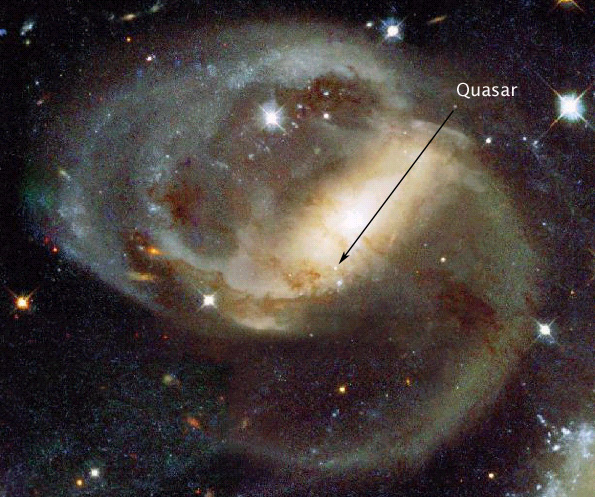
Different components can be associated to acceleration/cooling processes taking place in the jet. BL Lac spectra are reproduced using from 2 to 4 power laws. The simplest scenario corresponds to host-galaxy blazars, whose spectra are reconstructed using the stellar population and a power law for the jet. We are able to reproduce the variability observed during 10 years using only 2 to 4 components, depending on the type. For FSRQs, more complicated colour-flux behaviours are observed: redder-when-brighter for low states saturating above a certain level and, in some cases, turning to bluer-when-brighter. Host-galaxy sources show less variability, as expected, and bluer-when-brighter trends, as the other BL Lacs. The sources are classified according to their optical spectrum as host-galaxy dominated BL Lac objects (BL Lacs), BL Lacs, or Flat Spectrum Radio Quasars (FSRQs). This technique allows to model large numbers of spectra in terms of a reduced number of components.We use a priori knowledge to obtain components associated to meaningful physical processes. To quantify the contributions to the spectral variability, we use the statistical technique for dimensionality reduction Non-Negative Matrix Factorization on a spectroscopic data set of 26 $\gamma$-ray blazars. Disentangling their contributions has been challenging for years due to the dominance of the jet.
Blazar vs quasar plus#
The reconstruction of FSRQs also incorporates a QSO-like component to account for the BLR, plus a very steep power law, associated to the accretion disk.īlazars optical emission is generally dominated by relativistic jets, although the host galaxy, accretion disk and broad line region (BLR) may also contribute significantly.

We use a priori knowledge to obtain components associated to meaningful physical processes. This technique allows to model large numbers of spectra in terms of a reduced number of components. To quantify the contributions to the spectral variability, we use the statistical technique for dimensionality reduction Non-Negative Matrix Factorization on a spectroscopic data set of 26 γ-ray blazars. This implies that the jet gives no contribution to the photoionization of the broad line region in the considered period.īlazars optical emission is generally dominated by relativistic jets, although the host galaxy, accretion disk and broad line region (BLR) may also contribute significantly. In particular, there is no line reaction to the jet flaring activity detected in 2015 October and November. The line fluxes do not show significant variability in time. We provide opacity values to deabsorb ultraviolet data, and derive a best-guess value for the hydrogen column density of $N_$. The role of the intergalactic medium absorption is analysed in both the ultraviolet and X-ray bands. We give prescriptions to correct the source photometry in the various bands for the thermal contribution, in order to derive the non-thermal jet flux. The big blue bump is modelled by using optical and near-infrared mean spectra obtained during the campaign, together with optical and ultraviolet quasar templates.


The WEBT data are complemented by ultraviolet and X-ray data from Swift, and by γ-ray data by Fermi. We present the results of a 2-yr multiwavelength campaign led by the Whole Earth Blazar Telescope (WEBT) to study both the quasar core and the beamed jet of this source. The object 4C 71.07 is a high-redshift blazar whose spectral energy distribution shows a prominent big blue bump and a strong Compton dominance.


 0 kommentar(er)
0 kommentar(er)
